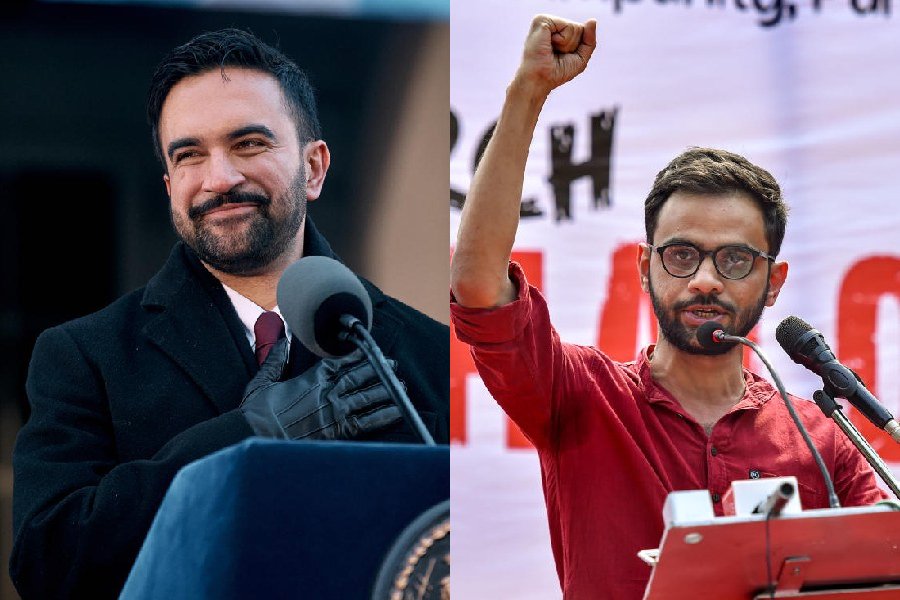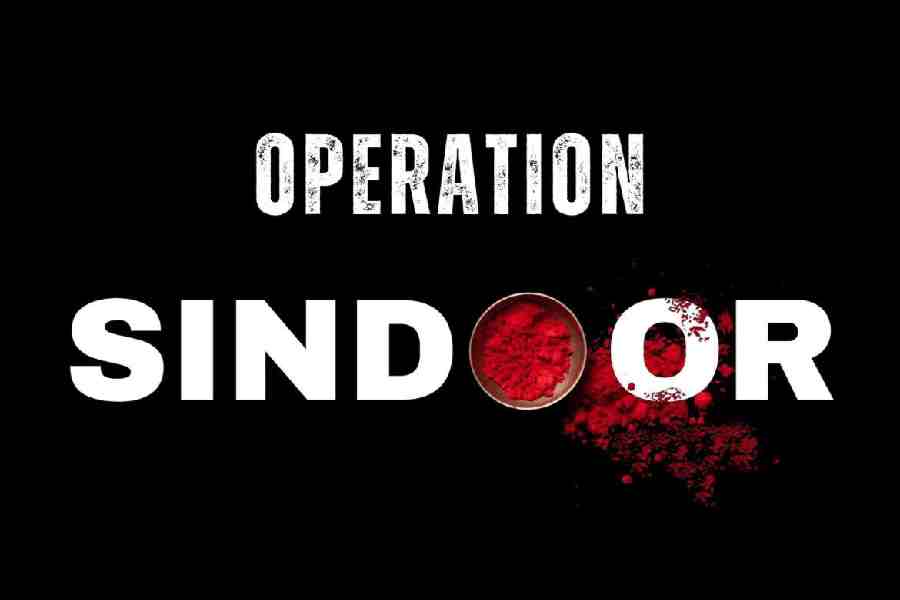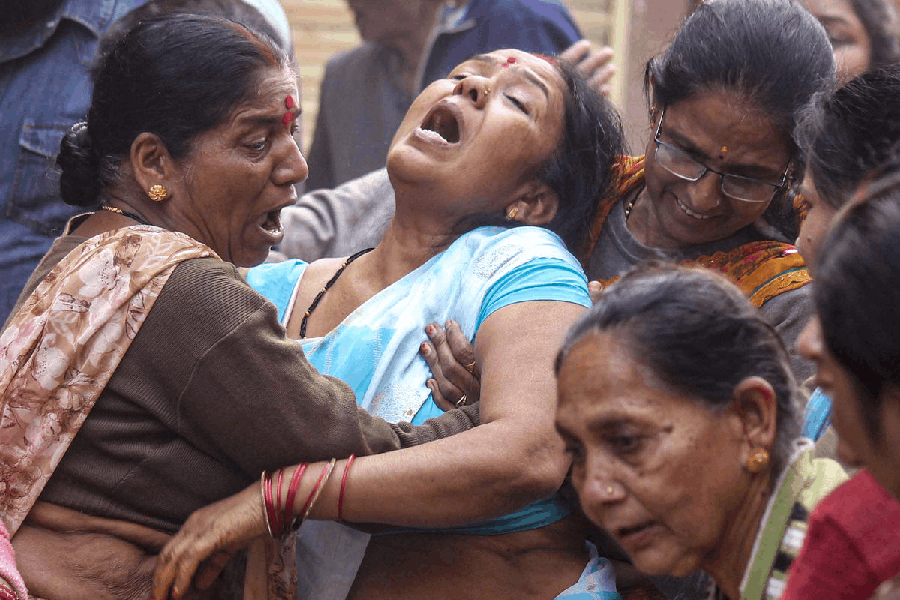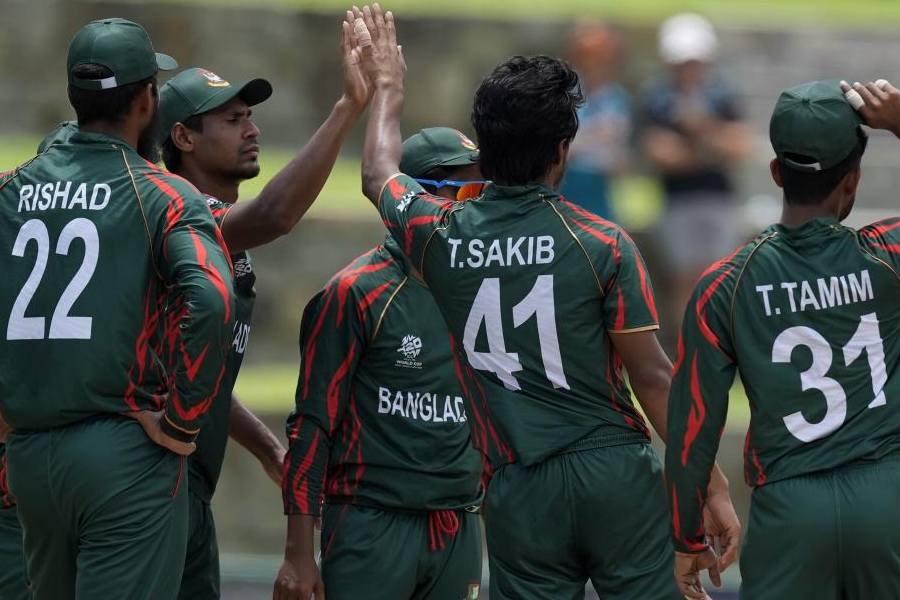Kohima, March 15: Veteran Nagaland legislator and former CLP leader Chingwang Konyak today made history by announcing in the state Assembly that Nagas of Manipur and Arunachal Pradesh were not willing to be part of greater Nagaland.
Konyak, who had been a long-time backer of the integration move, told the Assembly that Nagas of other states were not willing to merge with Nagaland even though the 16-point agreement had clearly kept the doors open for them.
Nagaland was born out of a 16-point agreement in 1960, clause 13 of which had mentioned integration.
He said the doors should be kept open for all Nagas as mentioned in the agreement, but urged Naga leaders not to waste time and money on the integration issue. “We should be realistic about the issue,” he said, adding, “We know what is possible and what is not possible.”
The integration issue enjoys unanimous support in the Nagaland Assembly, which has passed four resolutions in support of integration of contiguous Naga-inhabited areas.
Konyak surged Naga leaders to tell people about what is “not possible”.
Congress had said the Naga People’s Front’s (NPF) defeat in the recent Manipur Assembly elections was an obvious indication about rejection of the party’s Naga integration movement. NPF had won 4 seats out of the 12 it had contested.
NPF, which is currently ruling Nagaland, had gone to the polls in Manipur with Naga integration as its main plank.
NPF, on the other hand, said Nagaland Congress was against integration.
Konyak also lauded the leader of Naga People's Convention (NPC), which had signed the agreement, for including a clause about integration.
He said NPC leaders had a vision behind including Clause 13 and added that Naga rebel leaders like Khole and Kitovi Zhimomi had spoken clearly about the integration issue at the Naga reconciliation meeting, held in Dimapur on February 29.
The chairman and general secretary of National Socialist Council of Nagaland (Khole-Kitovi) had said Naga integration would not be possible at the moment and supported the United Naga Council-led demand for an “alternative arrangement” for Nagas of Manipur.
Konyak said neither Prime Minister Jawaharlal Nehru nor anyone else had divided the Nagas between India and Myanmar. There had been a traditional boundary between the two countries since the 14th century, he added.
In the meantime, Nagaland PCC president Imtisungit Jamir has rejected the claim by the NPF and some sections of people that the agreement was the main hurdle in resolving Naga political issues.
He said Nagaland was a unique state, as it was created out of a political issue.
Jamir said if the pact was the final solution to the Naga political issue, then why did the Centre declare truce with Naga militants on September 6, 1964, after Nagaland was born. He said the agreement was never a final solution but was the basis to begin negotiations between the Centre and the underground government — Federal Government of Nagaland (FGN).
He said the pact was signed to salvage Nagas from violence arising out of the Naga demand for sovereignty.
There was virtually a war between India and the Nagas after a 1951 plebiscite, conducted by Naga National Council, revealed that 99.9 per cent of Nagas were in favour of Nagaland’s sovereignty.
Jamir said after the 1964 ceasefire, foreign secretary level negotiations began between the Centre and FGN and later it was elevated to the Prime Minister level, but the peace process collapsed after six rounds of talks. FGN minister Kughato Sukhai had led the Naga team during the talks with the then Prime Minister Indira Gandhi.
“Many tried to make sweeping remarks on 16 Point Agreement, forgetting what they are enjoying today,” Jamir said.











